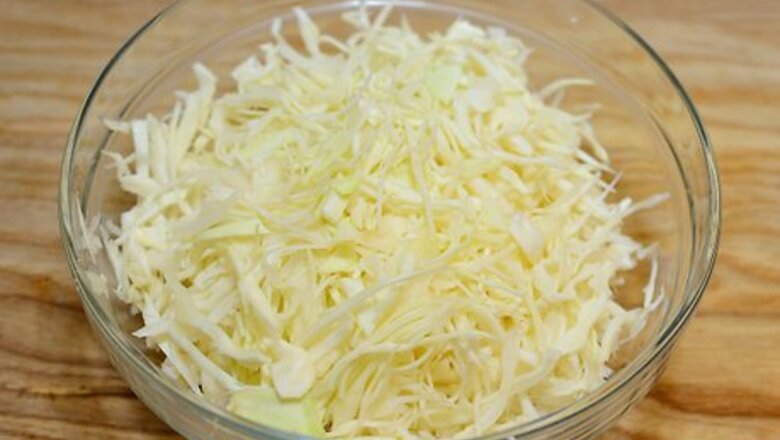
views
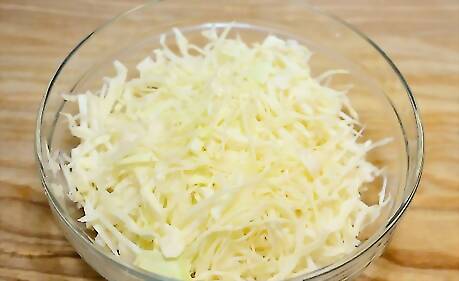
Prepare the cabbage for canning. Select fresh, ripe cabbages that are free of blemishes, dents or bruises. Cut the cabbage into 4 quarters through the stem and shred it with a knife or food processor. Layer the cabbage with canning salt in a large bowl, cover and let stand for 24 hours.
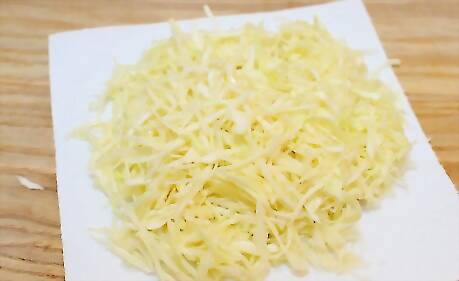
Rinse the cabbage under cool water in a strainer, then drain the cabbage on cloth or paper towel lined trays for 6 hours.
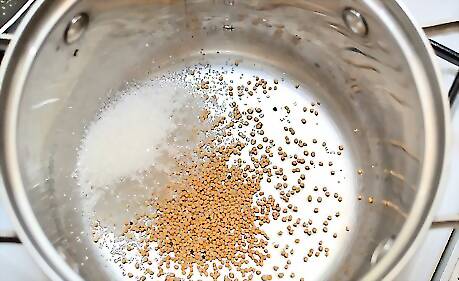
Prepare pickling liquid. Combine the vinegar, sugar, mace and mustard seed in a large pot. Then combine remaining spices in a cheesecloth or spice bag, tie to close, and add to the pot. Heat the ingredients to a boil for 5 minutes, then turn off heat.
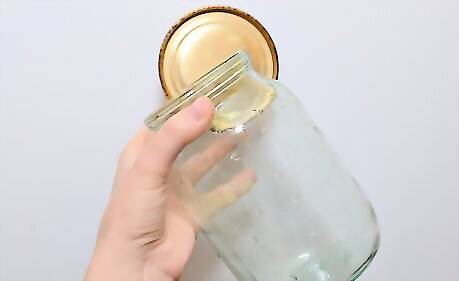
Clean 7 glass quart (946mL) canning jars and metal lids with soap and hot water. Keep the jars and lids hot until they are ready to be filled. Jars and lids can be kept hot by placing them upside down in a pot of hot water or by washing them in a dishwasher and keeping them in the dishwasher until needed.
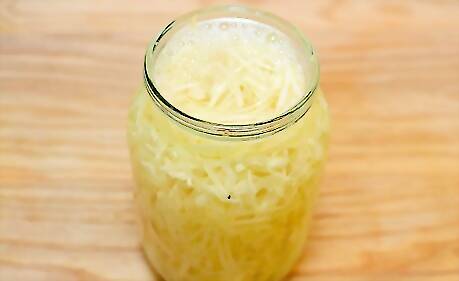
Pack the clean jars with the cabbage. Pour the pickling liquid over the cabbage to cover it completely, leaving 1/2 inch (1.25 cm) of space at the top of the jars.
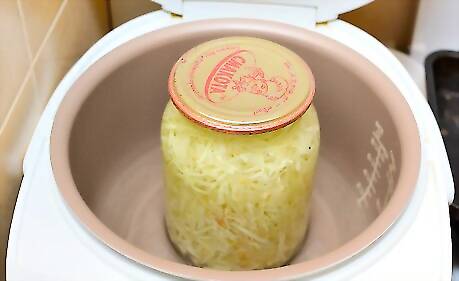
Wipe the rims of the jars with a clean cloth, stir gently to allow air bubbles to escape and cover with the metal lids. Place the sealed jars on the rack in the pressure canner filled with 3 quarts (2.8 L) of hot water. The jars must not sit directly on the bottom of the canner, and should not touch each other to allow steam to flow freely around them.
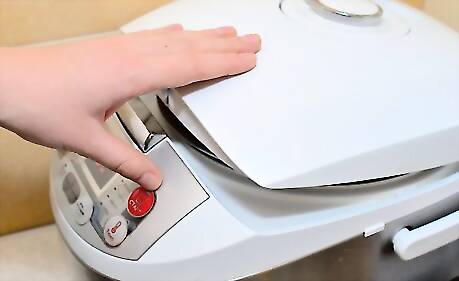
Place the cover securely on the canner and heat water to boiling. Allow steam to vent from the canner for 10 minutes before adding canner weights or closing vents. After 10 minutes close vents or put on weights (depending on the type of pressure canner you are using) and allow the pressure to build.

Process jars in the pressure canner for 20 minutes, adjusting the pressure based on your altitude (see guide below). Start timing when the necessary pressure is reached. Check the gauge frequently to ensure the pressure remains constant. For dial gauge canners, set pressure to 11 PSI (75.8 kPa) for altitudes of 0 to 2000 feet (0 to 610 m), 12 PSI (82.7 kPa) for altitudes of 2001 to 4000 feet (610 to 1220 m), 13 PSI (89.6 kPa) for altitudes of 4001 to 6000 feet (1220 to 1830 m), and 14 PSI (96.5 kPa) for 6001 to 8000 feet (1830 to 2440 m). For weighted gauge canners set pressure to 10 PSI (68.95 kPa) for altitudes of 0 to 1000 feet (0 to 305 m), and 15 PSI (103.4 kPa) for altitudes above 1,000 feet (304.8 m).
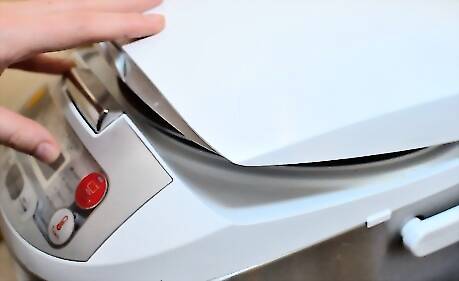
Turn off heat and allow pressure to return to 0 PSI (0 kPa), then remove the weights or open the vent and wait for 2 minutes. Carefully remove lid and allow steam to escape.
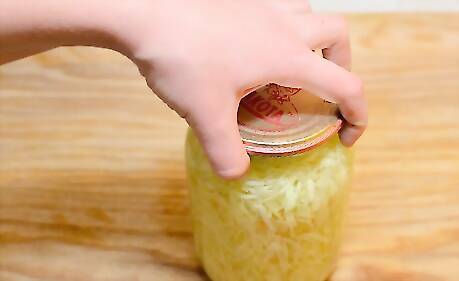
Remove the jars from the canner with a jar lifter and place them on a wooden board or thick kitchen towel to allow them to cool in a draft free area. Keep 1 to 2 inches (2.5 to 5 cm) of space between jars to allow air to circulate. Listen for a small “ping” sound indicating that the seal of the jar lids has been sucked down and the jars are properly sealed. This could take around 12 hours.
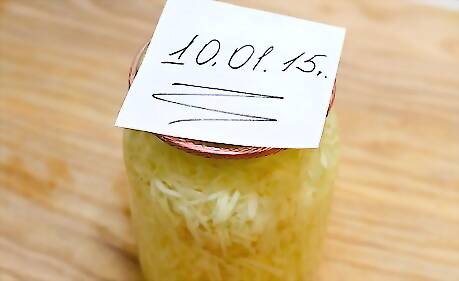
Label the jars with ingredients and the date, then store in a cool, dark and dry location.


















Comments
0 comment